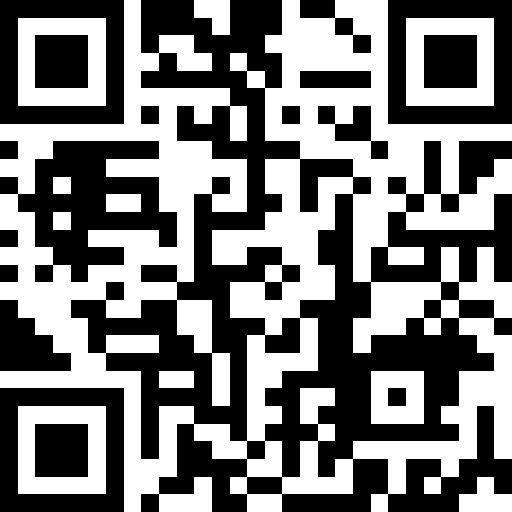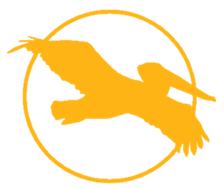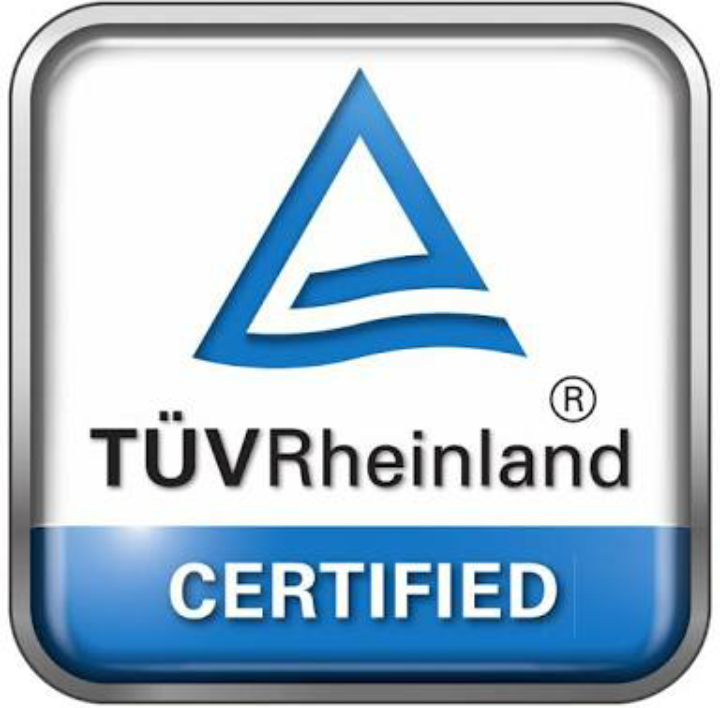Title Page
-
Date of Evaluation
-
Evaluator
Driver Information
-
Name
-
Date of Hire
-
Drivers License #
-
Class
-
Endorsements
-
Restrictions
-
State
-
Expiration
-
Med Card Expiration
Equipment Used for Test
-
Truck/Tractor number
-
Trailer number
-
Trailer hitch type
-
Odometer Start
-
Odometer End
-
Total Mileage
Evaluation Type
-
Reason for Evaluation
- Initial Evaluation
- Annual Evaluation
- Post Incident
- Retraining
- Return to Work
- New Equipment
- Other
-
Reason:
-
Number of weeks off
-
Type of Equipment
Demonstrated Behaviors
Part 1 - Pre-Trip Inspection
-
Is complete pretrip conducted during this evaluation?
-
Checks general condition approaching unit including leakage of coolants, fuel, and lubricants.
-
Checks under hood – Oil levels, fluid levels, coolant, belts, steering, and general condition of compartment.
-
Circle checks unit – Tires, lights, signals, trailer hookup, brake/light lines, body, doors, horn, and windshield wipers.
-
Full air system check (Static and dynamic air loss, build time etc.), brake action, tractor protection valve, parking brake, rolling test.
-
Knows use of jacks, tools, emergency warning devices, tire chains, fire extinguisher, spare fuses, 4-way flashers, flares/triangles
-
Checks instruments and sets mirrors.
-
Cleans windshield as needed.
-
Uses seat belt.
-
Attach completed Pretrip Evaluation form to this form
Part 2 - Coupling and Uncoupling
-
Is this evaluation conducted with a trailer?
-
Lines up units correctly
-
Secures trailer against movement
-
Backs under or up to trailer slowly
-
Secures power unit against movement
-
Checks hookup with tug test and visual inspection
-
Hooks brake and electric lines properly
-
Handles landing gear properly
Part 3 - Placing Vehicle in Motion and Use of Controls
Motor
-
Allows proper warm up
-
Understands gauges on instrument panel
-
Basic knowledge of motors - Gas/Diesel
-
Does not abuse motor (lugging or overrevving)
Clutch and Transmission
-
Check if test done in Automatic transmission equipped vehicle
-
Uses clutch properly
-
Times shifting properly and shifts smoothly
-
Uses proper gear sequence
-
Starts loaded unit smoothly
Brakes
-
Understands operating principles of air brakes
-
Understands proper use of tractor protection valve
-
Understands low air warning
Steering
-
Does not fight steering wheel
-
Does not allow truck to wander
-
Does not have poor driving posture or improper/poor grip on wheel
Lights
-
Knows lighting regulations
-
Uses proper headlight beam
-
Dims lights when following or meeting traffic
-
Adjusts speed to range of headlights
-
Understands proper use of auxiliary lights
Part 4 - Backing and Parking
Backing
-
Check if full backing evaluation given
-
Attach completed Backing Evaluation form to back of this form
-
Gets out and checks before backing
-
Looks back as well as checks mirrors
-
Gets out to recheck on long back (greater than one truck length)
-
Avoids backing from blind side
-
Signals properly when backing (flashers and horn)
-
Controls speed and direction when backing
-
Does not take many pull ups (record number of pull ups)
-
Number of pull ups taken
-
Does not hit nearby vehicles/stationary objects
Parking (City)
-
Does not hit curb
-
Does not park too far from curb
-
Secures unit - sets parking brake, puts in gear, blocks wheels, shuts off motor (as needed)
-
Shoulder checks traffic conditions and signals when pulling out of parked position
-
Does not park in illegal or unsafe location
Parking (Road)
-
Parks off pavement (completely on shoulder)
-
Avoids parking on soft shoulder
-
Uses emergency signals when needed
-
Secures unit properly
Part 5 - Slowing and Stopping
-
Uses gears properly (ascending)
-
Gears down properly (descending)
-
Stops and re-starts without rolling backwards (no rollbacks)
-
Tests brakes at top of hill
-
Uses brakes properly on hill
-
Uses mirrors to monitor traffic at rear
-
Signals following traffic
-
Avoids sudden stops
-
Stops smoothly without excessive fanning
-
Stops before crosswalk or sidewalk when coming out of driveway or alley
-
Stops clear of pedestrian crosswalks
Part 6 - Traffic Operations - Passing and Turning
Turning
-
Selects correct lane for turn as soon as possible
-
Signals well in advance
-
Monitors traffic conditions and turns only when safe to proceed
-
Does not swing wide or cut short
-
Does not have excessive lean when turning/Does not turn too fast
-
Completes turn in proper lane
-
Does not contact curb
Traffic Signs and Signals
-
Approaches signal prepared to stop if needed (aware of stale green lights)
-
Does not violate traffic signal or stop sign (running red light/turning against turn arrow signal/rolling stop)
-
Does not proceed through yellow light when able to safely stop
-
Does not start up too fast or too slow on green signal
-
Does not fail to notice or heed traffic signs
-
Stops appropriately for traffic light or stop sign (eg: does not cross stop line without stopping before line first)
Intersections
-
Adjusts speed to permit stopping if required
-
Checks for cross traffic regardless of signals or signs
-
Yields right-of-way for safety
Grade Crossings
-
Adjusts speed to conditions
-
Makes safe stop if required
-
Selects proper gear (manual only)
-
Does not shift while crossing grade (manual only)
Passing
-
Passes with sufficient clear space ahead
-
Does not pass in unsafe location: Hill, curve, intersection, etc.
-
Fails to signal lane change or changes lanes too quickly (wait at least 2 seconds before moving)
-
Tailgates waiting for chance to pass
-
Blocks traffic with slow pass
-
Cuts in too short when returning to right lane
Speed
-
Adjusts speed according to road, weather, traffic conditions or legal limits
-
Slows down for rough roads or crossings
-
Slows down in advance of curves, intersections, hazards, etc.
-
Maintains consistent speed
Courtesy and Safety
-
Does not depend on others for safety
-
Does not crowd other drivers or force way through (aggressive driving)
-
Allows faster traffic to pass
-
Keeps right and in own lane (as appropriate)
-
Does not use horn unnecessarily
-
Does not display other form of discourtesy or improper conduct
Part 7 - Miscellaneous
General Driving Habits and Ability
-
Uses seatbelt
-
Consistently alert and attentive, aware of changing traffic conditions
-
Responds appropriately to changing conditions
-
Performs routine functions without taking eyes off road
-
Checks instruments regularly
-
Not distracted by phone, radio, GPS
-
Willing to take instructions and suggestions
-
Adequate self confidence in driving
-
Not nervous, apprehensive
-
Not easily angered
-
Does not complain too much
-
Professional personal appearance, manner
-
Good physical stamina
Handling of freight
-
Checks freight properly
-
Handles and loads freight properly
-
Handles bills properly
Rules and Regulations
-
Knowledge of company rules
-
Knowledge of regulations: Federal, State, local
-
Knowledge of special truck routes
Certification
-
General Performance
-
Qualified for
-
List equipment qualified for
-
List section(s) additional training is needed in:










